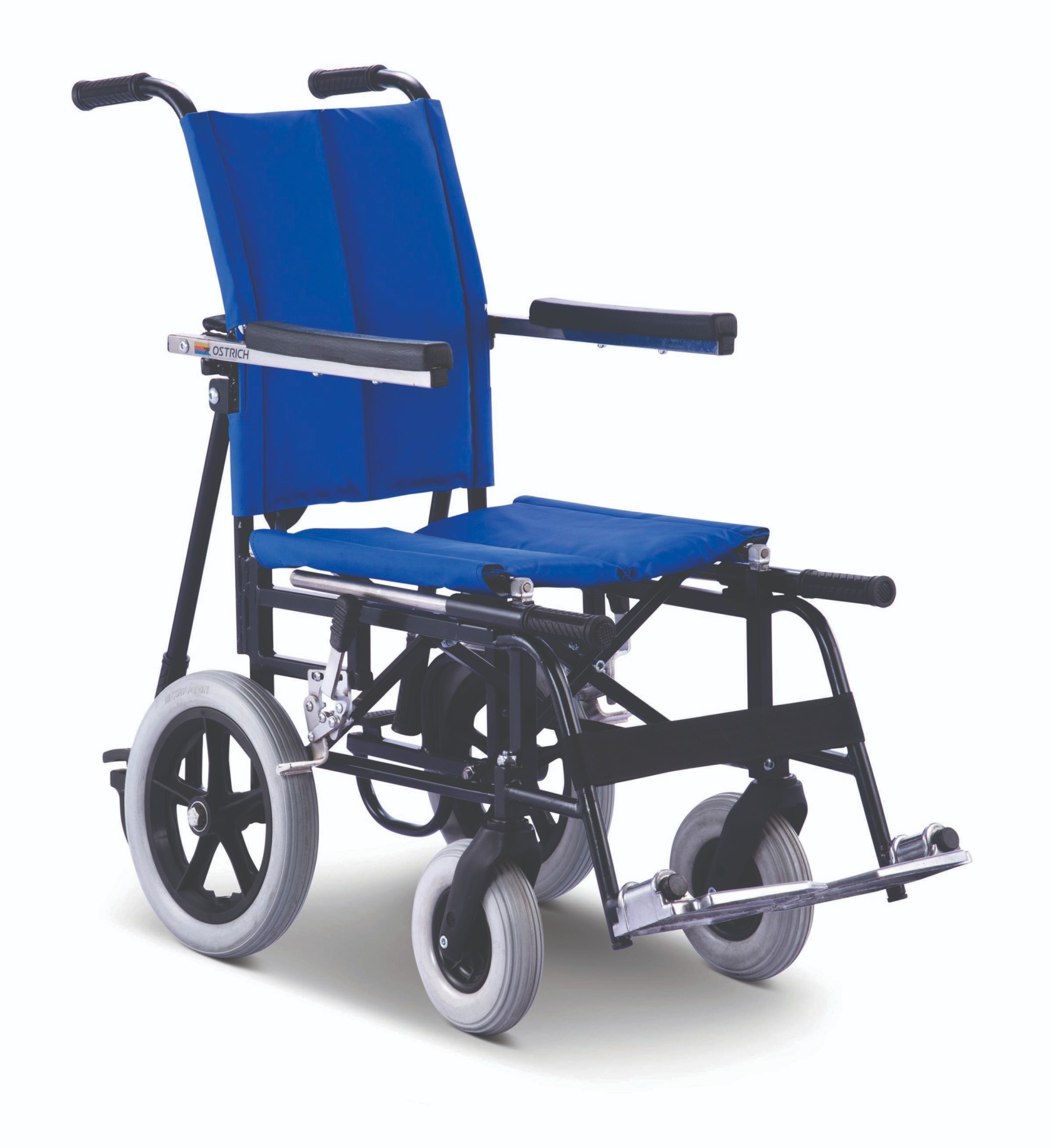Electric wheelchairs and Mobility
Electric wheelchairs are specially designed mobility devices powered by batteries. They offer a convenient and comfortable way for people with disabilities to move around independently. Unlike manual wheelchairs that require physical effort to propel, electric wheelchairs are propelled by an electric motor. They provide crucial mobility for people who may have difficulty walking or navigating their surroundings due to various disabilities or medical conditions. Mobility is essential for these individuals as it grants them freedom, autonomy, and access to everyday activities. Whether it's running errands, socializing, or participating in work or recreational activities, the ability to move around freely greatly enhances their quality of life and overall well-being.
Types of wheelchairs and Mobility Equipment
1. Standard Wheelchair:
The standard wheelchair is a basic mobility aid with a simple design, featuring a lightweight frame, manual propulsion, and usually foldable for transport and storage. It's versatile and suitable for everyday use, offering stability and maneuverability for individuals with mobility impairments.
2. Electric Wheelchair:
Electric wheelchairs are powered by batteries and feature a motorized system for propulsion, allowing users to move effortlessly without physical exertion. They provide increased independence and freedom of movement, especially for those with limited upper-body strength or mobility.
3. Heavy-Duty Wheelchair:
Designed for individuals who require extra support and durability, heavy-duty wheelchairs feature a reinforced frame and sturdy construction capable of supporting higher weight capacities. They are ideal for users who need a reliable mobility solution for daily activities and outdoor terrain.
4. Reclining Wheelchair:
Reclining wheelchairs offer adjustable seating positions, allowing users to recline comfortably for resting or napping. They provide enhanced comfort and pressure relief, making them suitable for individuals who spend extended periods in their wheelchairs or have specific medical needs.
5. Pediatric Wheelchair:
Specifically designed for children and small adults, pediatric wheelchairs are tailored to meet the unique needs and proportions of young users. They feature adjustable components, colorful designs, and specialized support to ensure optimal comfort and safety for pediatric users.
6. Lightweight Wheelchair:
Lightweight wheelchairs are designed for easy maneuverability and portability, featuring a lightweight frame made from materials such as aluminium or titanium. They are ideal for users who require a compact and travel-friendly mobility solution without sacrificing stability or durability.
Benefits of Using a Wheelchair
1. Enhanced Mobility: Wheelchairs provide individuals with limited mobility the ability to move around independently, improving their ability to access various places and participate in activities.
2. Increased Independence: Using a wheelchair empowers individuals to perform daily tasks and activities on their own terms, promoting a greater sense of self-reliance and autonomy.
3. Improved Quality of Life: By facilitating mobility and independence, wheelchairs contribute to an overall improvement in the quality of life for individuals with mobility impairments, enabling them to engage more fully in social, recreational, and occupational pursuits.
4. Reduced Risk of Injury: For individuals with mobility limitations or conditions that affect balance and coordination, using a wheelchair can help prevent falls and injuries associated with attempting to navigate without adequate support.
5. Alleviation of Physical Strain: Wheelchairs provide a comfortable and supportive seating solution, reducing physical strain on the body and alleviating pain or discomfort associated with prolonged standing or walking.
6. Access to Accessibility: Wheelchairs enable individuals to access spaces and environments that may otherwise be inaccessible to them, promoting inclusivity and equal participation in society. This includes navigating public transportation, buildings, and outdoor spaces with greater ease.
Factors to Consider When Choosing a Wheelchair
Individual Needs and Preferences: Consider factors such as comfort, size, and features that align with the user's specific physical needs and personal preferences to ensure optimal comfort and usability.
Mobility Requirements: Assess the user's mobility level, including daily activities and terrain, to determine the type and functionality of the wheelchair needed for safe and efficient mobility.
Lifestyle Considerations: Take into account the user's lifestyle, including work, hobbies, and social activities, to choose a wheelchair that enhances their independence and participation in various aspects of life.
Budget Constraints: Balance the desired features and quality of the wheelchair with budget limitations, exploring options for funding assistance and cost-effective solutions to ensure affordability without compromising on essential functionalities.
Conclusion
Wheelchairs help people with disabilities move around by themselves, making them more independent. At Royal Medical Equipment & Trading, we know it's important to make things accessible and inclusive for everyone. By providing good wheelchairs and other helpful tools, we're breaking down barriers and letting everyone join in equally. Let's keep working together to make sure everyone can move around freely and live their best lives, no matter what challenges they face.

